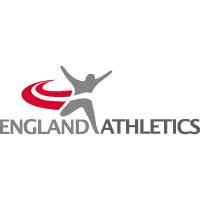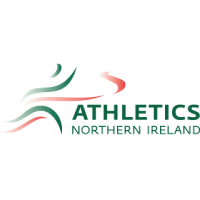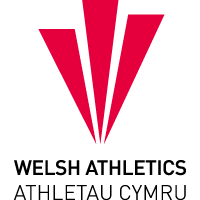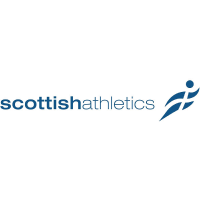
PUKDS is a self-funded not-for-profit registered community interest company, as such we rely on the kind donations of the public and funds raised through sales of merchandise and sponsorship opportunities. Every donation is greatly appreciated.
Athletics Track and Field
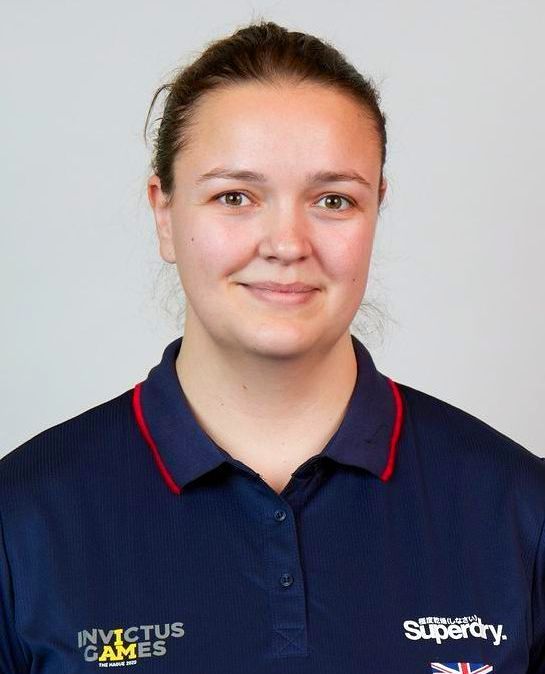
Ambassador - Athletics Field
Lucy Holt
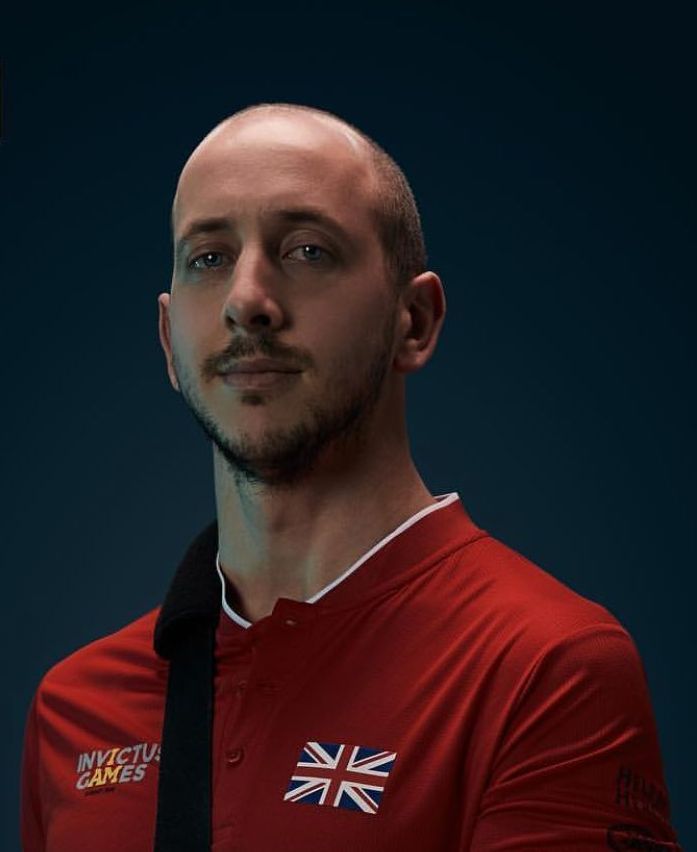
Ambassador - Athletics Track
Joe Dillnutt
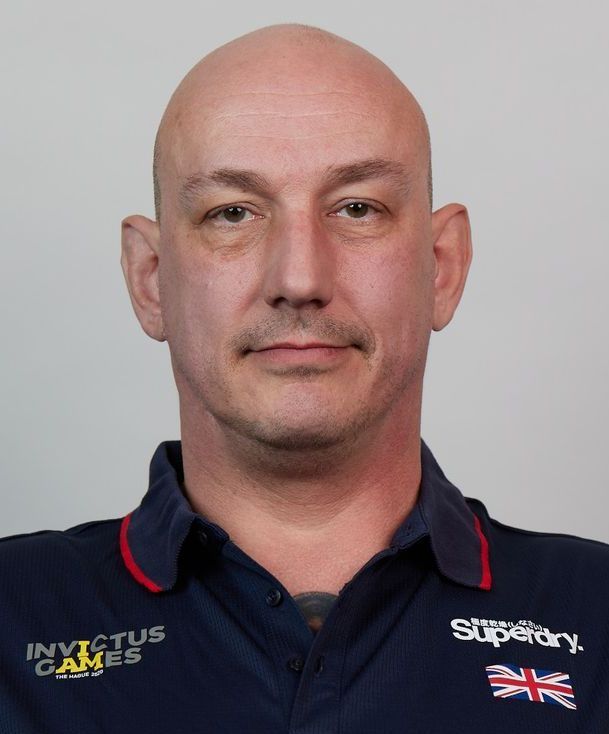
Ambassador - Athletics Wheelchair Racing
Chris Anslow
Athletics Track and Field Events
Track Events
Ambulant (Runners)
100 m - 200 m - 400 m - 1500 m - 5 k - 10 k
4 x 100 m Relay - 4 x 400 m Relay
Wheelchair
100 m - 200 m - 400 m - 1500 m - 5 k - 10 k
Mixed Relay
4 x 100 m - 4 x 400 m
Multi-Events
Heptathlon
100 m Hurdles - High Jump - Shot - 200 m - Long Jump - Javelin - 800 m
Decathlon
100 m - Long Jump - Shot - High Jump - 400 m - 110 m Hurdles (M), 100 m Hurdles (W) - Discus - Pole Vault - Javelin - 1500 m
Field Events
Standing
Discus - Shot - Hammer - Javelin
Long Jump - Triple Jump - High Jump
Fixed/Seated
Discus - Shot
Running Prosthesis
Running Feet
Carbon fiber running feet are the ideal choice for running prostheses. This type of foot is compressed by body weight and returns to its original shape as you push off of it. The result of this compression and decompression of the blade is that energy is released as you push off allowing you to run more efficiently by minimizing the amount of energy you need to expend.
Basics of a Carbon Fiber Prosthesis
- Running specific prostheses often mimic a "running on toes" running form.
- The stiffness of the blade is dependent on the runner's body weight.
- Using a carbon fiber prosthesis has been shown to decrease heart rate and energy cost with running compared to running in a prosthesis designed for walking.
- The blades can either be C or J shaped depending on the type of running you wish to participate in and they can also vary on whether they are attached directly to the socket or below the socket.
- Sprinting feet generally attach to the socket whereas jogging feet generally attach below the socket.
C Shaped Feet
- "C" shaped blades are more commonly used for a jogging pace and distance running.
- This shape is more effective at storing and releasing energy over time which helps you to run more efficiently and for longer periods of time.
J Shaped Feet
- "J" shaped blades are more commonly used by sprinters.
- This shape allows for a quick return of energy helping you to achieve higher speeds.
- It is more difficult to learn to run on a sprinting specific foot than a jogging foot. This is because you need to put more into this foot in order .to get the most out of it and starting off, one may not have the necessary strength to make this kind of foot energy efficient.
- Some J shaped blades include the 1E90 Sprinter by Ottobock and the Cheetah Xtend, Xplore, and Xtreme by Össur.
Running Knees
- For individuals with above knee amputations there are two options:
- A straight pylon
- This component results in the use of compensations such as circumduction (swinging the leg around to the side) in order to take a step forward and can result in injuries in the long term.
- A knee component
- A knee component will allow for a more natural swing phase of gait and can create a more symmetrical running form.
- The key aspect of a running knee is a low level of resistance, or friction, which will allow you to quickly swing the leg through to keep up with the fast speed of running.
- The only fitness specific knee on the market currently is the Ottobock 3S80 Sport Knee Joint. However, many knees are suitable for running as long as the level of resistance can be lowered to an amount suitable for the sport so talk to your prosthetist about what will work best for you.
Suspension Considerations
- The optimal method of suspension for running is a suction socket as it provides the closest fit for the residual limb, ensuring little movement in the socket. In addition a suction provides increased proprioception, or sense of position, in the socket which can result in better performance.
- For some, suction is not an option or it is not their preferred method of suspension. In this case a custom liner or a pin-locking system are some of the other possibilities.
- Talk with your prosthetist about which type of suspension will work best for you.
New to wheelchair racing
A great way to get into the sport is to attend a wheelchair racing event near you, and make an effort to meet some of the racers. Often, there is a local club that can introduce you to people who race and point you in the right direction. Another alternative is to find an adaptive sports camp that offers wheelchair racing, so you can get the feel of this demanding sport. At Draft we have been manufacturing and supplying racing wheelchairs to some of the worlds leading athletes since 1997, we are happy to advise of a race facility / club near to you.
Selecting and Buying a Racing Wheelchair
If you decide that wheelchair racing is for you, it’s a good idea to begin practicing with a used chair before you make the investment in a custom model. You may find one that was a trade-in at a company that builds racers, or you can buy a chair from another racer. Alternatively, we now sell the low cost Motivation Flying Start . You’ll need to make sure that your chair suits your seating preference (kneeling or not), and that the frame is a suitable fit and style. Whilst the joy and excitement of starting with a new chair is fantastic at Draft we would rather make sure that you are going to enjoy the sport before committing a significant investment to a new custom built chair.
Custom built Racing Wheelchairs
Wheelchair racers are custom-built. Every chair has one of three frame styles that vary according to an athlete’s level of expertise and disability. A host of other options, including wheel camber and frame length, are made to suit the individual athlete.
Wheelchair Racing

The following information has been taken from our Partners website and can be viewed in more detail along with a full product list at
https://www.draftwheelchairs.com/sport-chairs/racing-wheelchairs/
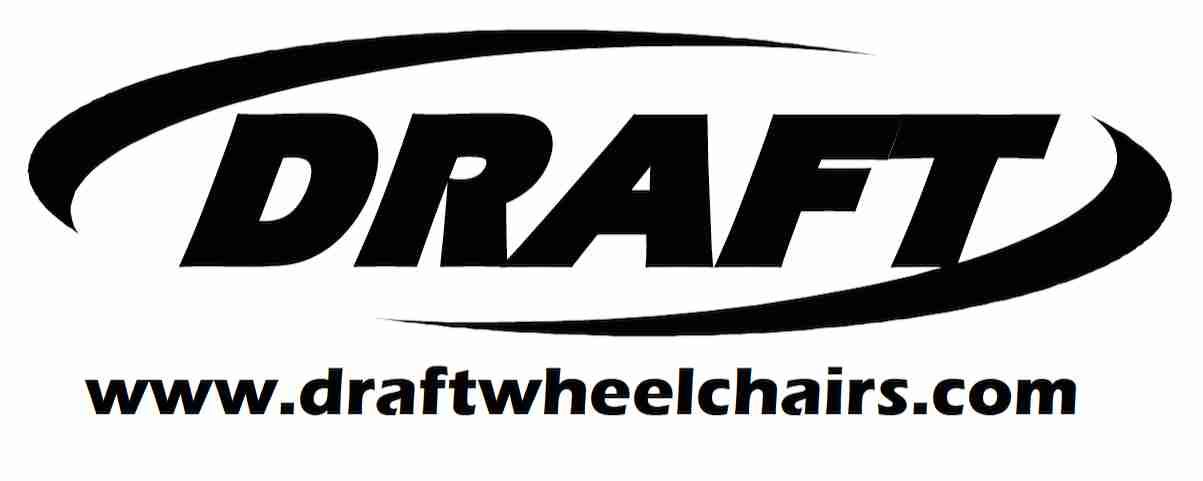
Seated/Fixed Throws
Seated, or secured, throwing takes place in a throws circle. Events include shot, javelin, discus, and club and are for athletes that are unable to stand or have balance and stability problems that make throwing from an ambulant position difficult.
Athletes in the seated throwing events throw from either their day chairs, or from custom made throwing frames, which are secured to the ground by straps.
Click here to download the
England Athletics Throws Guide
Community Clubs
We encourage all of our players to find a community club where they can find regular training sessions and play in the national leagues. This will not prevent you from playing for PUKDS teams as we always organise our matches around the national league tournament dates.
If you are unsure of where to find a community club, click on the governing body logo below to go straight to their FIND A CLUB Page. You will also be able to contact those clubs directly, or we can do that on your behalf if you are unsure of who best to contact to organise taster sessions.
Most community clubs will offer the first few training session free of charge and will have club chairs that you can use to get started. If you would like to take up this sport full time, Police UK Disability Sports grants are available to help you purchase what can often be very expensive sports equipment such as wheelchairs.

